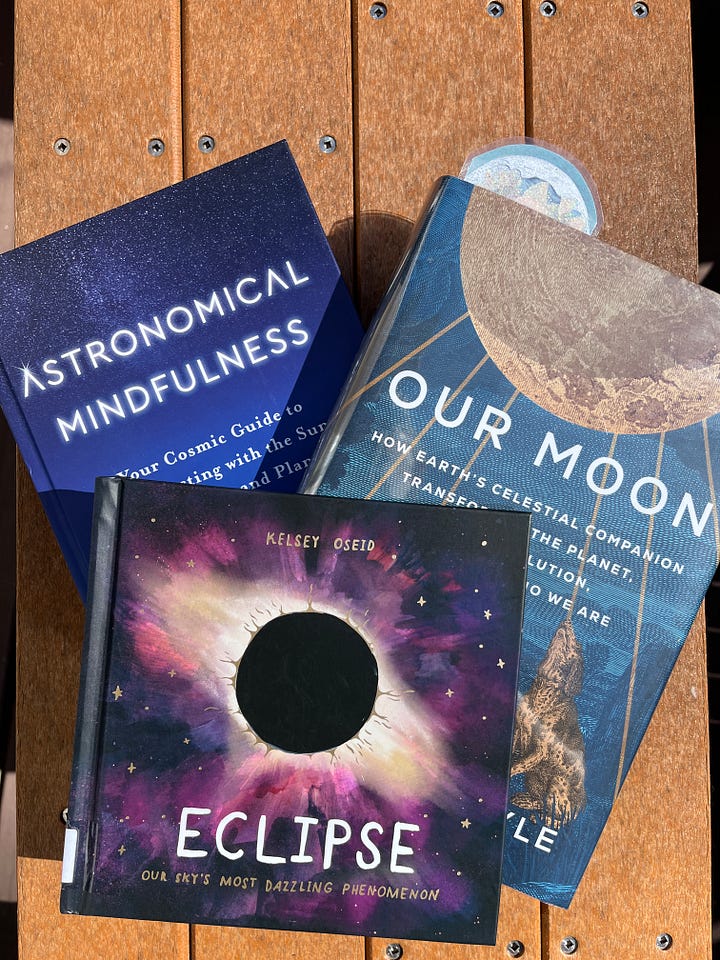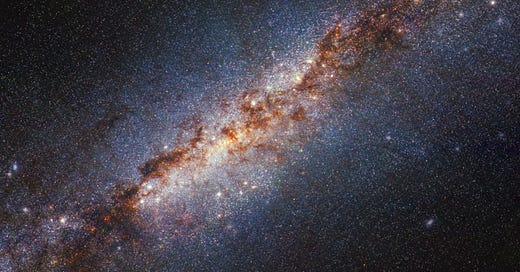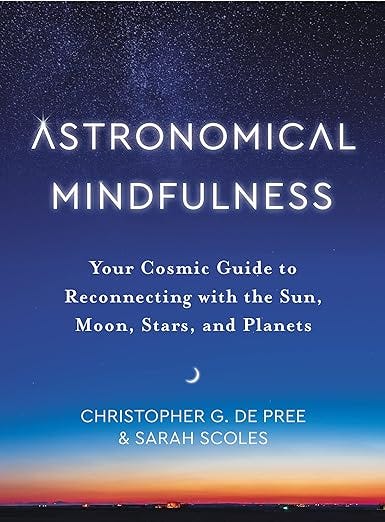Back when humans lived in communal caves and tribal encampments, we told stories about the stars. When we started sailing, we used these same pinpricks of light to estimate our own location. When we began planting, we relied on the constellations and the Sun to plant and sustain crops. Yet today, most modern humans have lost this deep connection to the cosmos that was once central to our daily lives.
~Sarah Scoles, Astronomical Mindfulness
*Today’s episode is a replay of a 2022 interview that is still one of my favorites and is a perfect fit for our astronomical focus this month.
**Image above from NASA’s James Webb Telescope 2024
I have devoted more episodes to the night sky and the cosmos surrounding us than any other singular topic, and today’s interview with science journalist and author Sarah Scoles perhaps best sums up why the skies above serve as such a powerful connection to our meditation practice and our deepest selves.
Sarah, along with astronomy professor Chris De Pree, wrote a unique guidebook (and a perpetual guest on my nightstand) titled Astronomical Mindfulness.
In today’s episode of Our Mindful Nature, Sarah and I talk about the power of the sun, moon, stars, and planets to offer engaging exercises that deepen your knowledge of the solar system, help you take necessary pauses every day, and foster a renewed sense of presence in the universe. The focus is on short, simple practices that immediately create a sense of connection and provide context for the hectic moments of our day-to-day lives.
As I listened to this episode again, I was reminded of David Abram’s writing of the unconscious and prolific use of GPS:
… Few considered what might be lost if we became reliant upon this {GPS} technology: our capacity to orient in the world. Hence in the space of a little more than a decade, innumerable humans are forfeiting—are short-circuiting—the most ancient and visceral attunement between our animal body and the animate earth, which is our never-entirely-conscious ability to find our way within the local terrain.
{…}
many bookish persons find themselves flummoxed by the ease with which citizens of traditionally oral, place-based cultures seem always to know where they are—their capacity to find their way even through dense forests without obvious landmarks—an innate orienting ability that arises when on intimate terms with the ground, with the plants, with the cycles of sun, moon, and stars.
Whether you look up at the night sky or not, the skies above us are perhaps the most central, ubiquitous element of human storytelling and identity. Humanity has looked up for as long as we have ever found a record of. The earliest cave drawings and the earliest indentations carved into the earth were made in reference to the sky above.
Warren Moon Pits Field in Scotland consists of the oldest lunar calendar ever found. Massive moon phase pits (each 8 ft wide x 5ft deep) were carved into the earth 10,200 years ago. This is 5000 years older than Stonehenge?!
What we experience through the cosmos surrounding us tells us about ourselves.
Join me for this exploration of the cosmos, mindfulness, and some new practices you can try tonight.
Sarah Scoles is a freelance journalist and contributing editor at WIRED. She is the author of Making Contact: Jill Tarter and the Search for Extraterrestrial Intelligence and They Are Already Here: UFO Culture and Why We See Saucers.
This Week’s Mini Meditation
Just the meditation; just for you!
Astronomical Mindfulness
Grab a blanket, go outside, lie down and join me for an experience of Astronomical Mindfulness 💫
On My Bookshelf


A few of the books I’ve been enjoying as I prepared for this month’s astronomical meditation series…
What are you reading right now?
*all of the content shared in my podcasts, newsletters & meditations is written by me {Meryl Arnett} without the use of AI. If you catch a mistake or typo, I hope it makes you smile knowing a real person is behind every word published 💛






